Namibia's main natural and historical sites include Etosha National Park, the red dunes of Sossusvlei, Fish River Canyon, shipwrecks of Skeleton Coast, Twyfelfontein engravings, and the colonial town of Swakopmund. The Namib Desert, nature reserves, and national parks host wildlife and flora adapted to arid conditions. Cultural sites include the abandoned diamond mining town of Kolmanskop and traditional Himba territories.

Otjozondjupa Region, Namibia
A 200 km² conservation center for cheetahs and leopards. The AfriCat Foundation studies and protects big cats here.
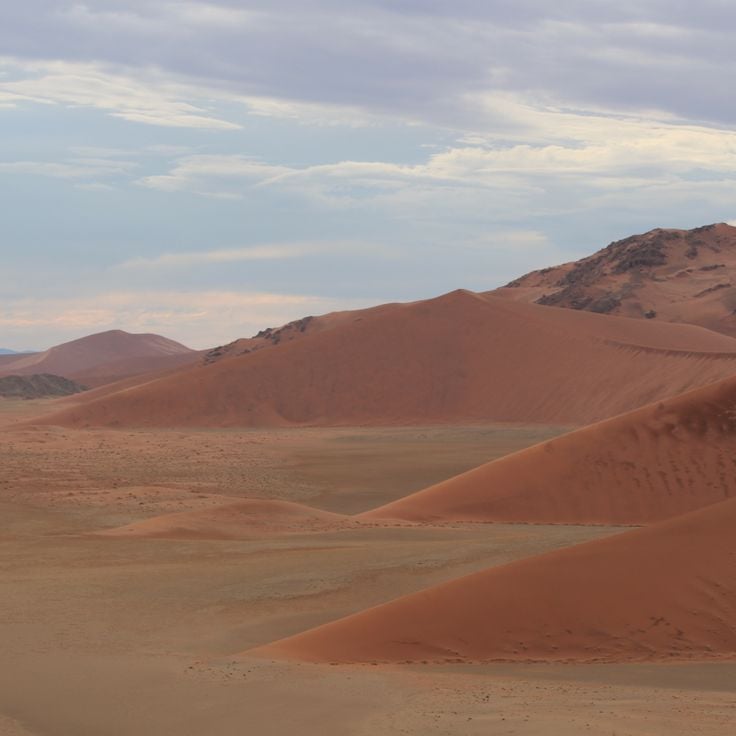
Namib Desert, Namibia
Desert valley characterized by ochre sand dunes reaching 300 meters in height, located in one of the oldest arid zones.
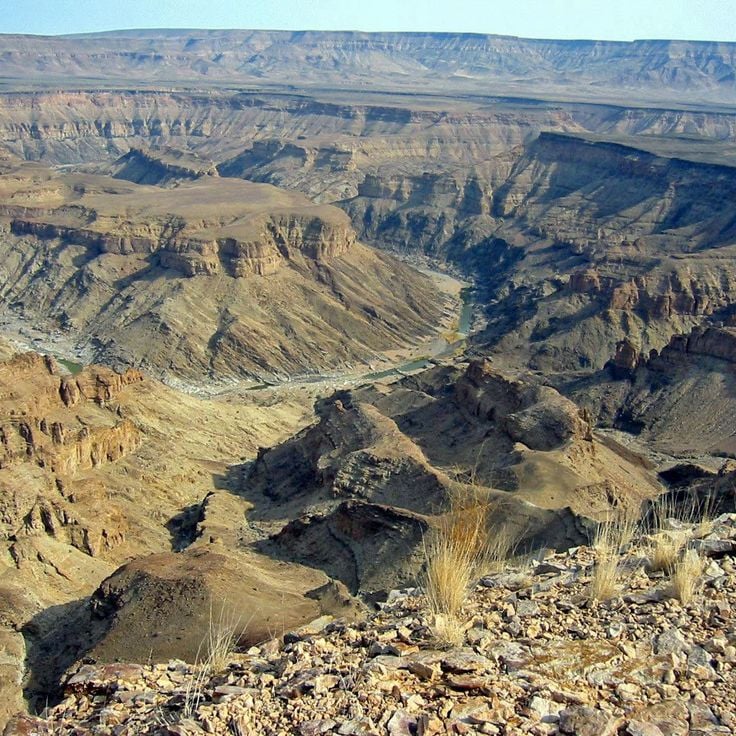
Karas Region, Namibia
A canyon 160 km long and 550 meters deep, traversed by the Fish River that flows intermittently.
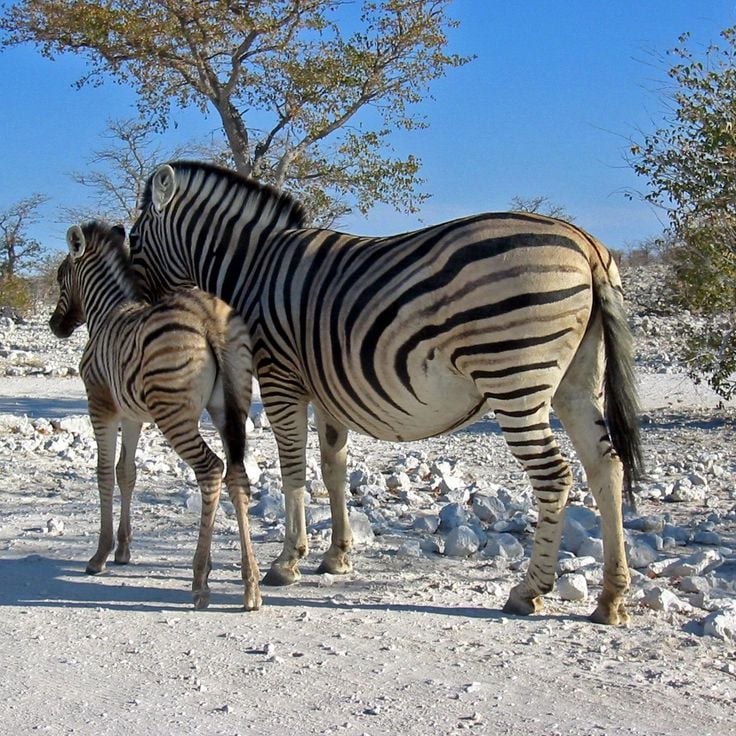
Kunene Region, Namibia
Protected natural reserve featuring a salt pan, waterholes, and numerous species of African wildlife in their natural habitat.
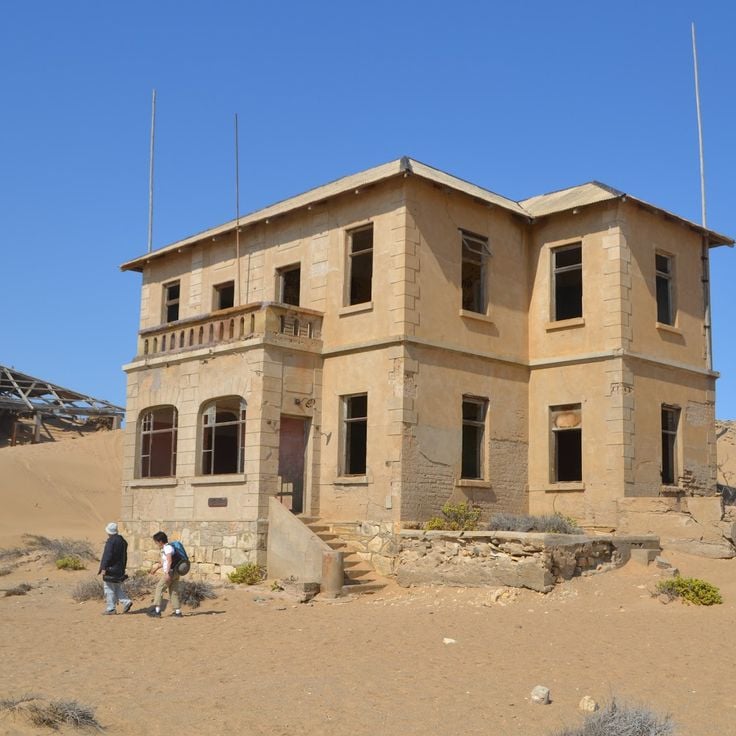
Karas Region, Namibia
An old diamond mining town built in 1908, now overrun by desert sand, with German-style buildings.
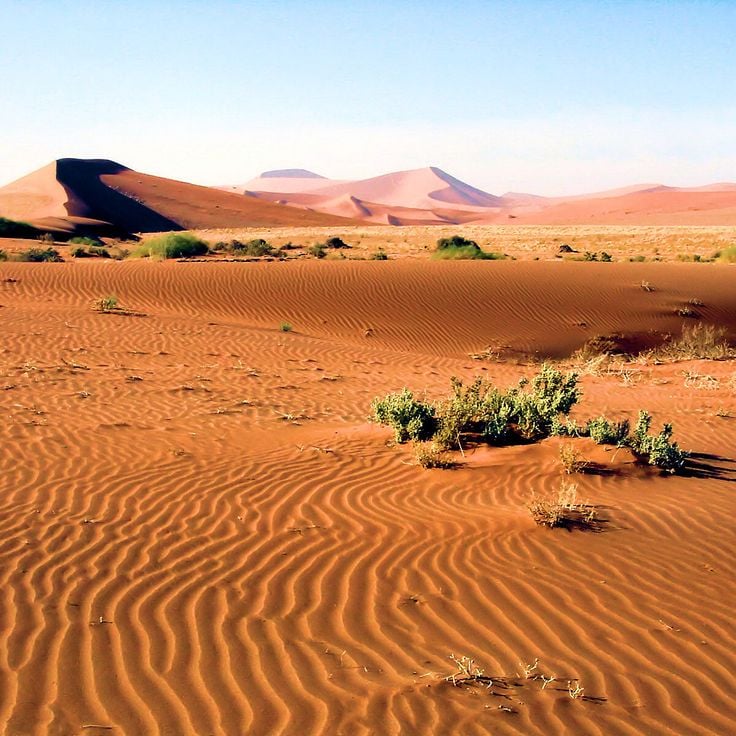
Erongo Region, Namibia
The largest national park in Namibia covering 49768 square kilometers, encompassing the Namib Desert and Naukluft Mountains, home to oryx and zebras.
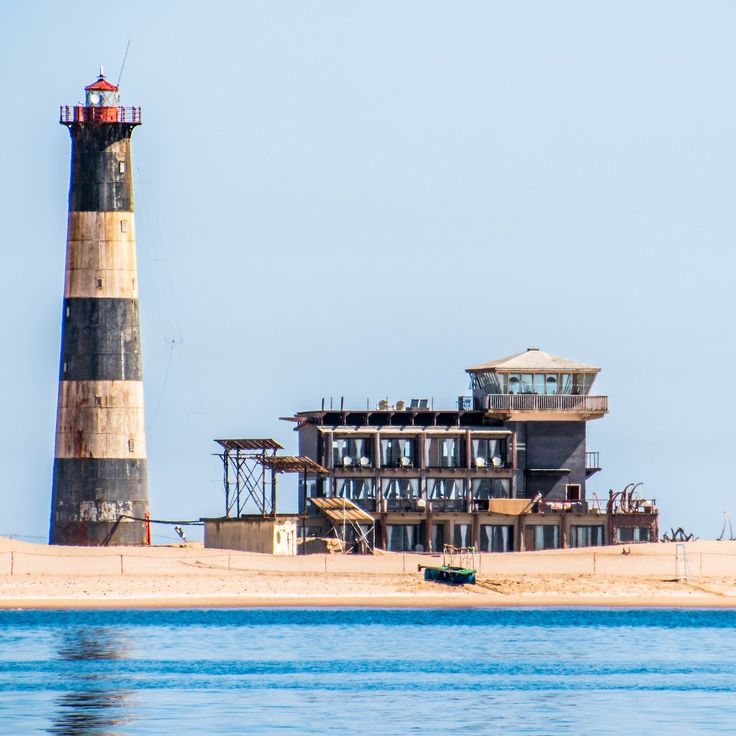
Walvis Bay, Namibia
This sandy peninsula includes a historic lighthouse and is home to a large colony of Cape fur seals.
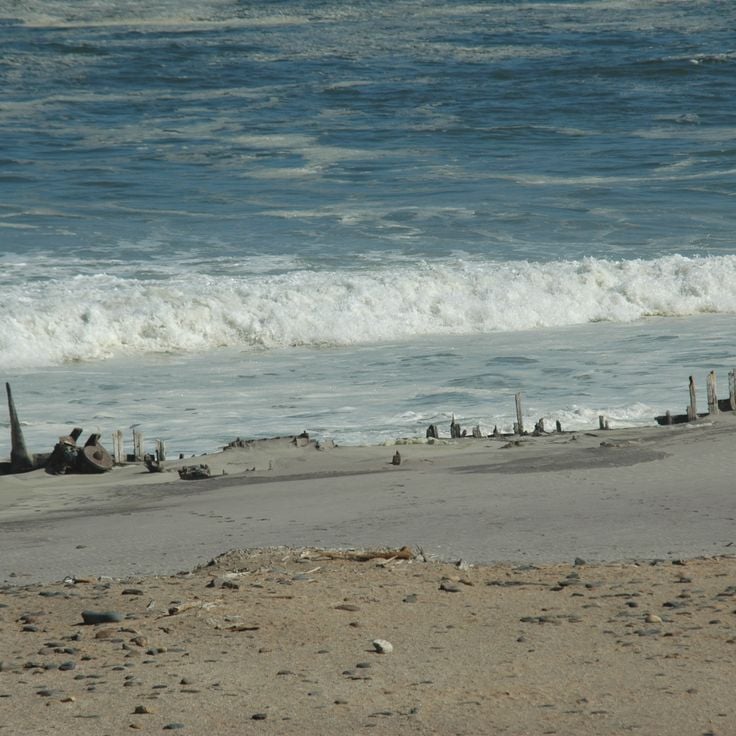
Kunene Region, Namibia
A 500-kilometer protected coastal area where shipwrecks are found on the beach along with seal colonies.
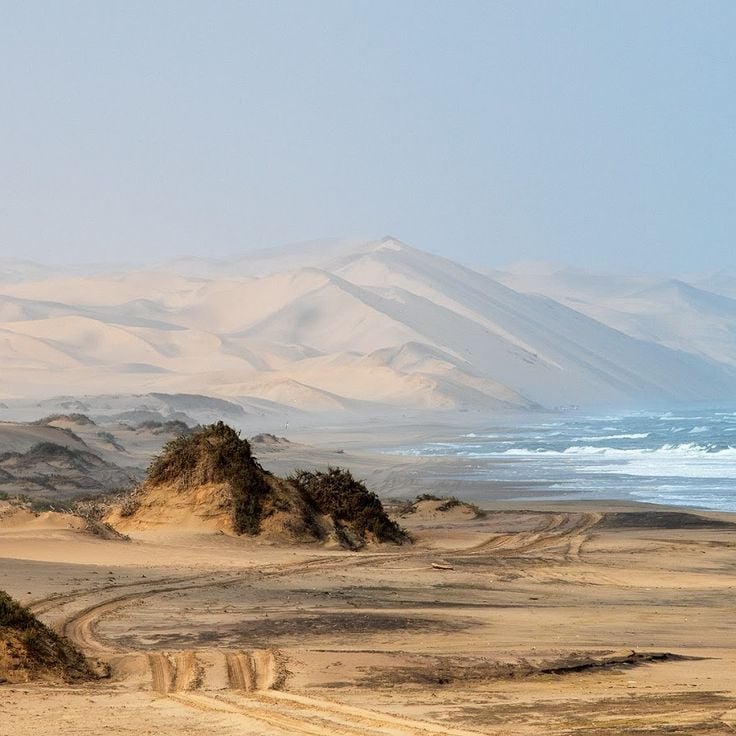
Erongo Region, Namibia
Natural site where a saline lagoon meets the large sand dunes of the Namib Desert facing the Atlantic Ocean.
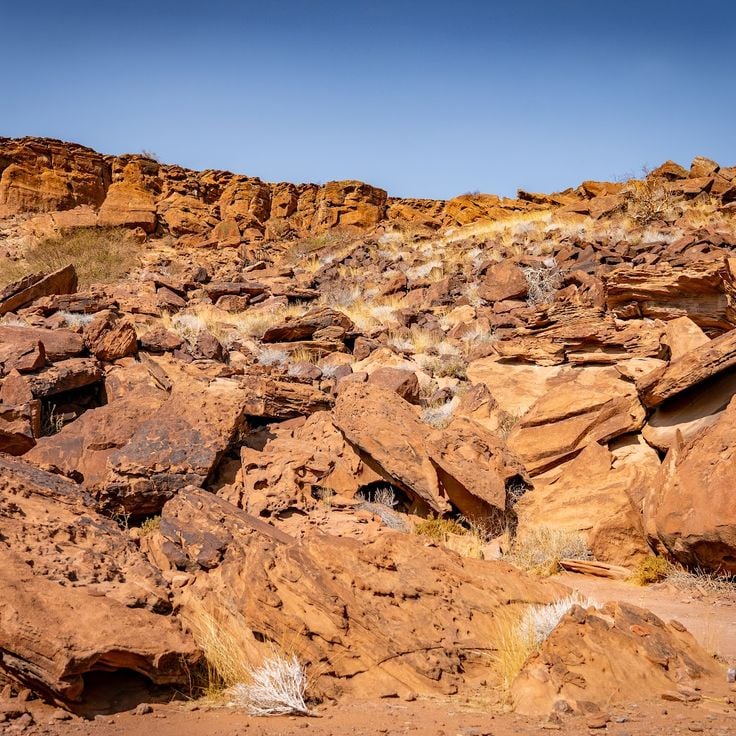
Kunene Region, Namibia
Archaeological site containing more than 2500 rock engravings dating back 6000 years, depicting animals and geometric figures.
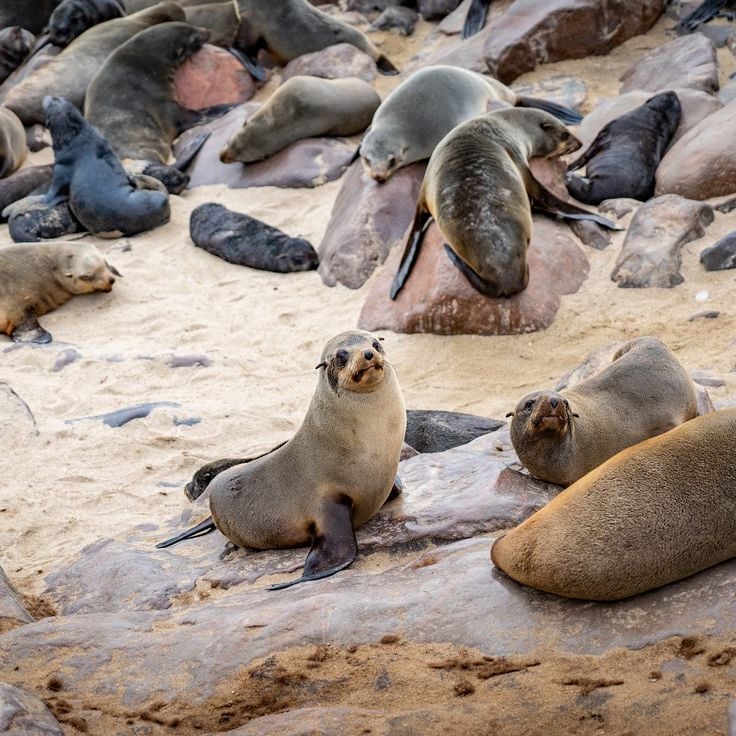
Erongo Region, Namibia
Marine reserve hosting more than 100,000 Cape fur seals. The site includes a Portuguese commemorative cross from 1486.
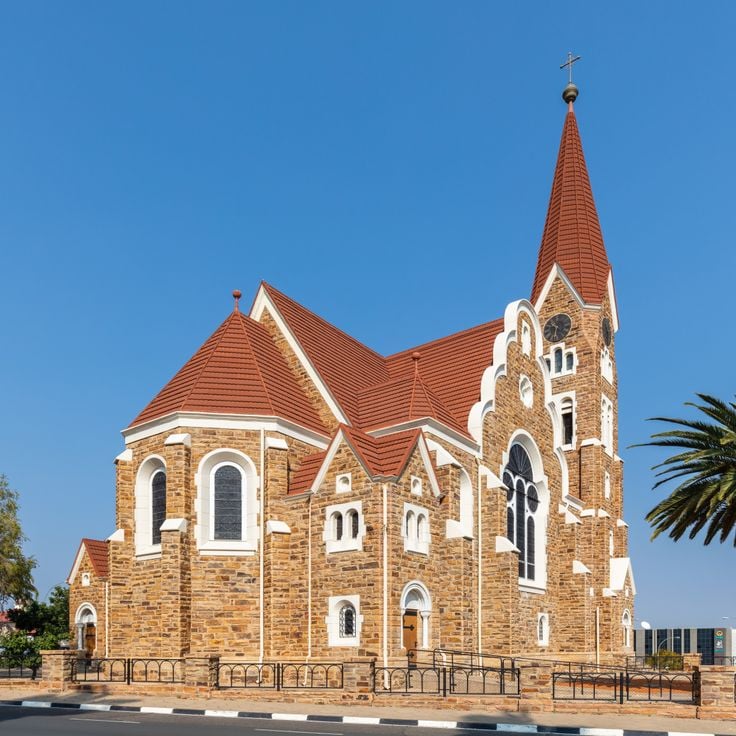
Khomas Region, Namibia
Administrative and economic center of Namibia at 1700 meters altitude, featuring the Parliament, Supreme Court, and Central Bank.

Otjozondjupa Region, Namibia
Raised sandstone massif 200 meters above the plains, home to black rhinoceroses and antelopes.
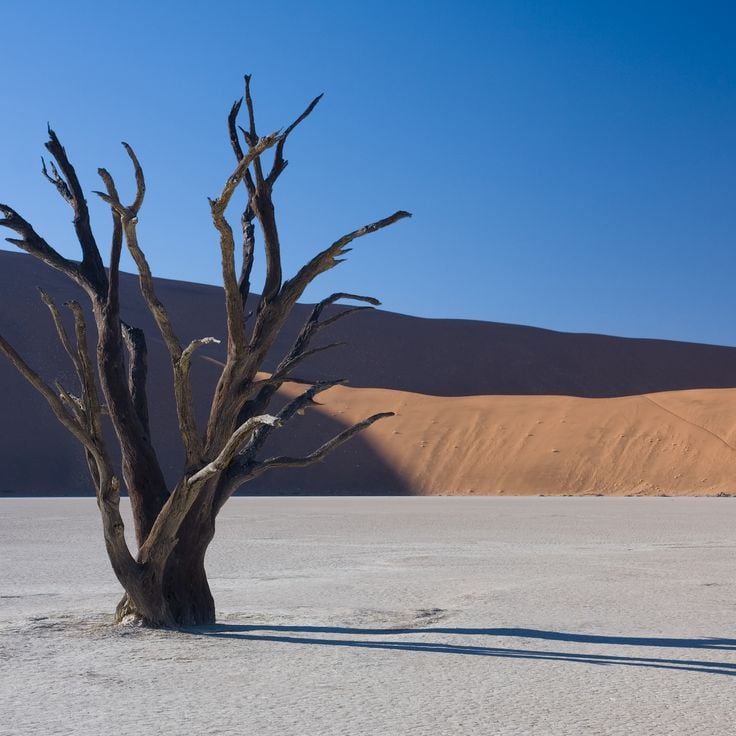
Namib Desert, Namibia
White clay basin surrounded by orange dunes where black acacia trunks, 900 years old, persist.
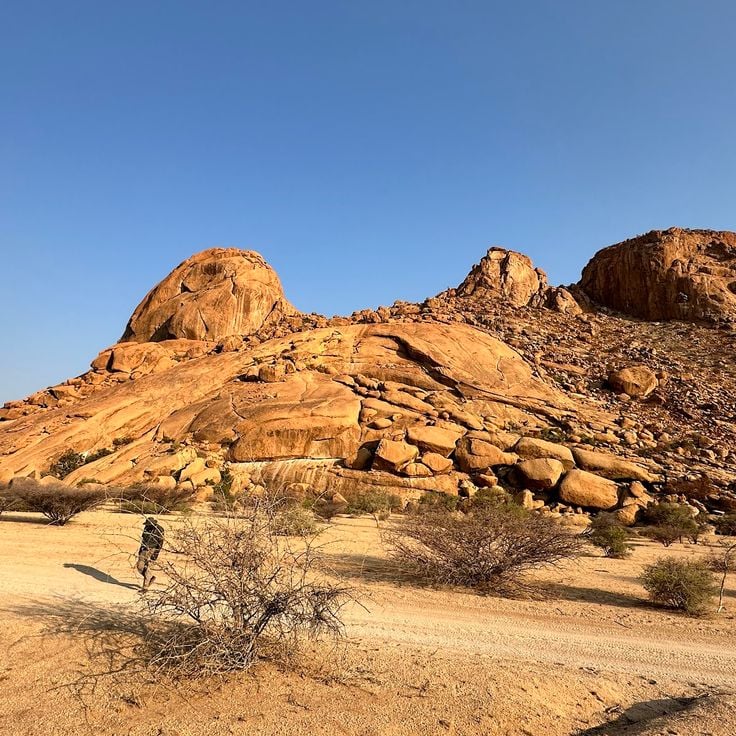
Erongo Region, Namibia
Granite mountains rising 700 meters above the Namib Desert. The site features ancient rock paintings.
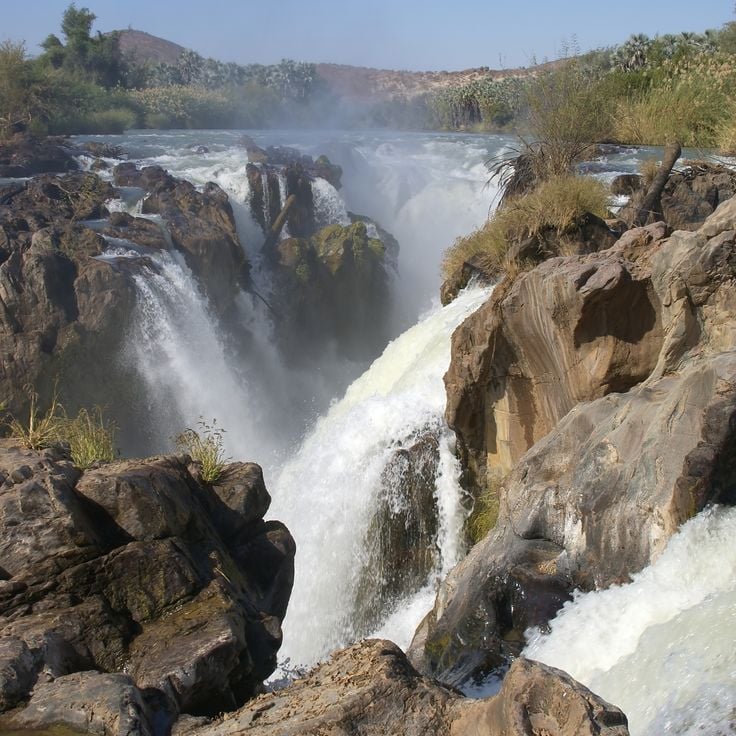
Kunene Region, Namibia
Series of waterfalls 1.5 kilometers long with a maximum height of 37 meters on the Kunene River between Namibia and Angola.
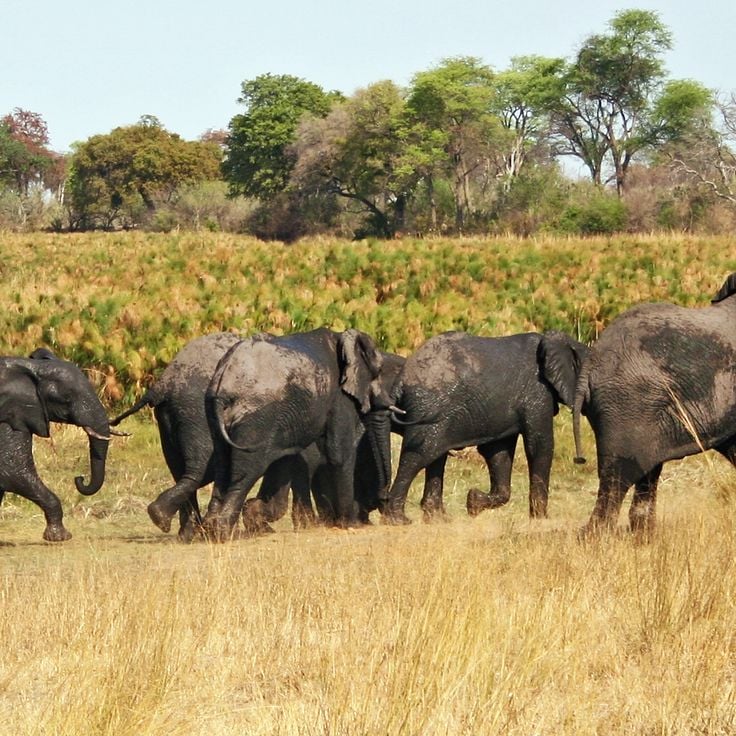
Zambezi Region, Namibia
A 6100 square kilometer nature reserve located between the Okavango and Kwando Rivers. The park hosts elephants, buffaloes, and antelopes.
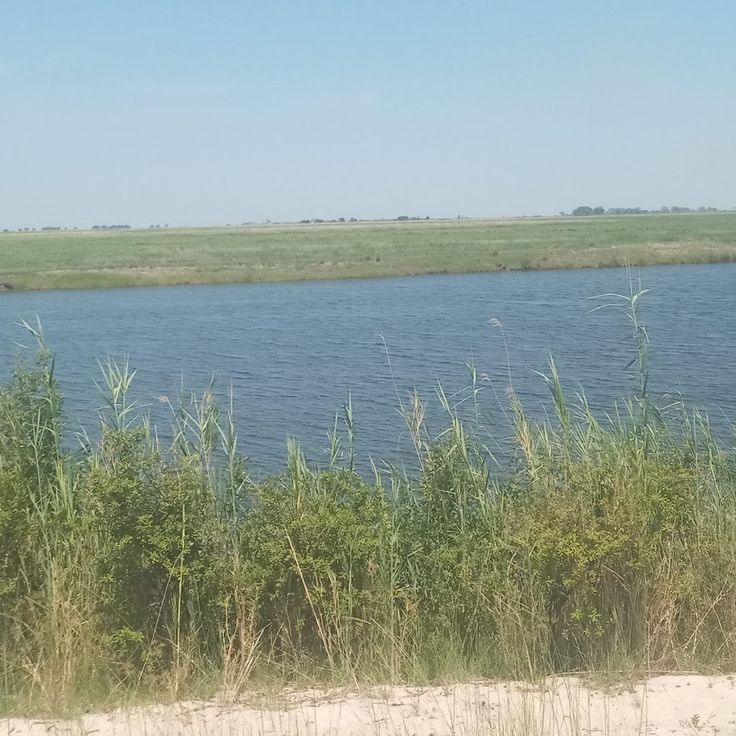
Zambezi Region, Namibia
Border area between Namibia, Botswana, Zambia, and Angola including several national parks known for elephant populations.
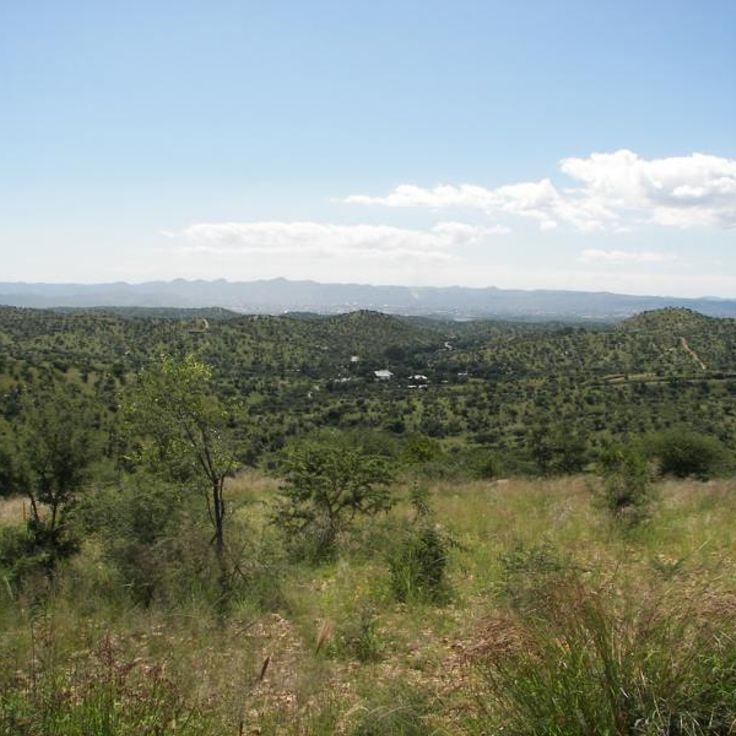
Khomas Region, Namibia
Nature park of 3950 hectares located 24 kilometers from Windhoek, hosting zebras, antelopes, and more than 200 bird species.
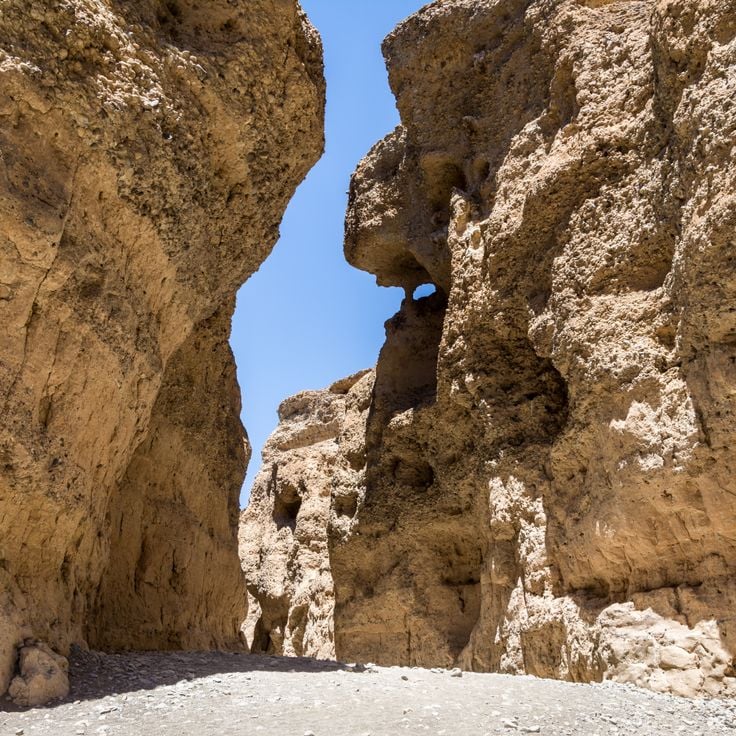
Namib Desert, Namibia
Geological formation carved by the Tsauchab River, 1 kilometer long and 30 meters deep in sedimentary rock.

Khomas Region, Namibia
A 9000-hectare nature reserve dedicated to the conservation of cheetahs and other large carnivores, offering research and rehabilitation programs.
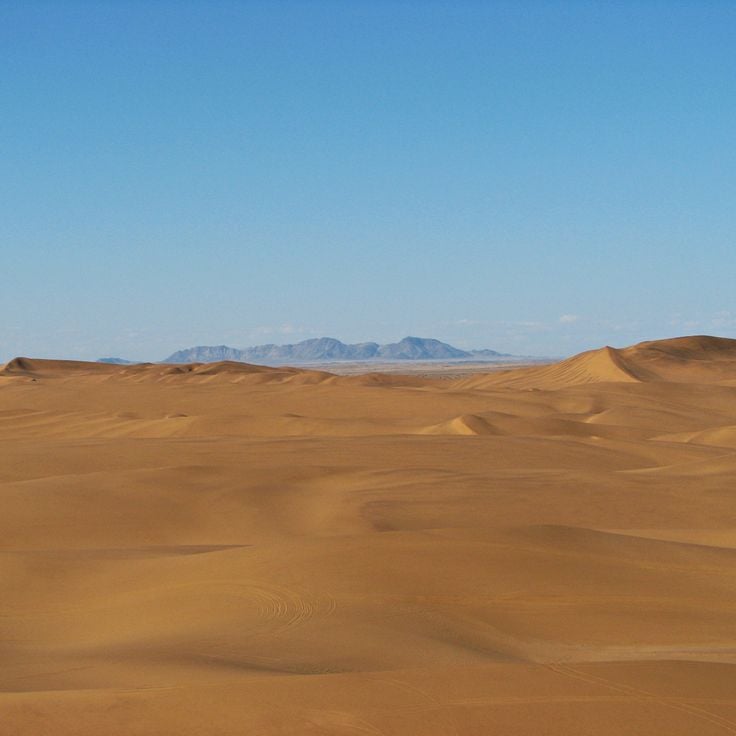
Erongo Region, Namibia
A 200-kilometer protected area along the Atlantic coast, including beaches, deserts, and marine conservation zones.
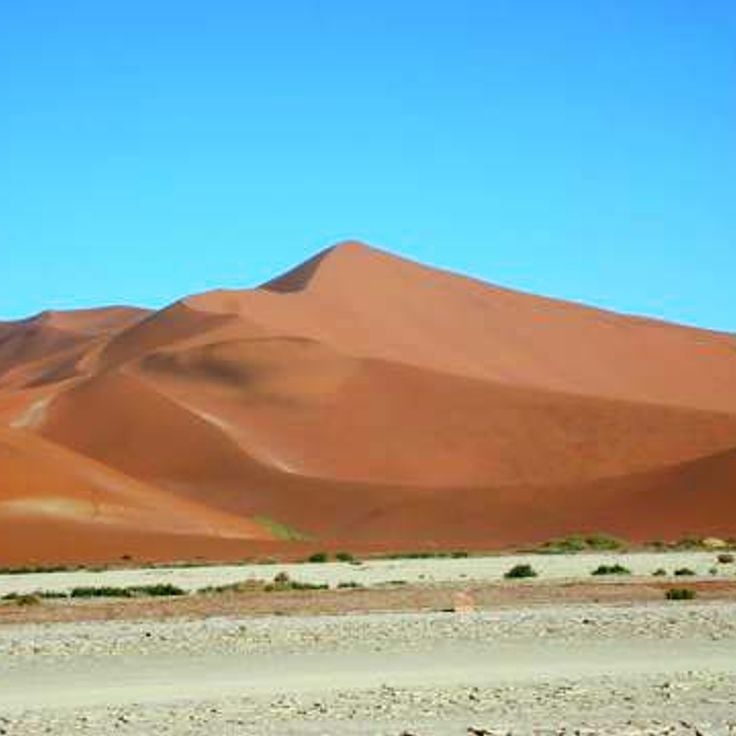
Walvis Bay, Namibia
Red sand dune in the Namib Desert, measuring 383 meters in height, accessible to visitors.
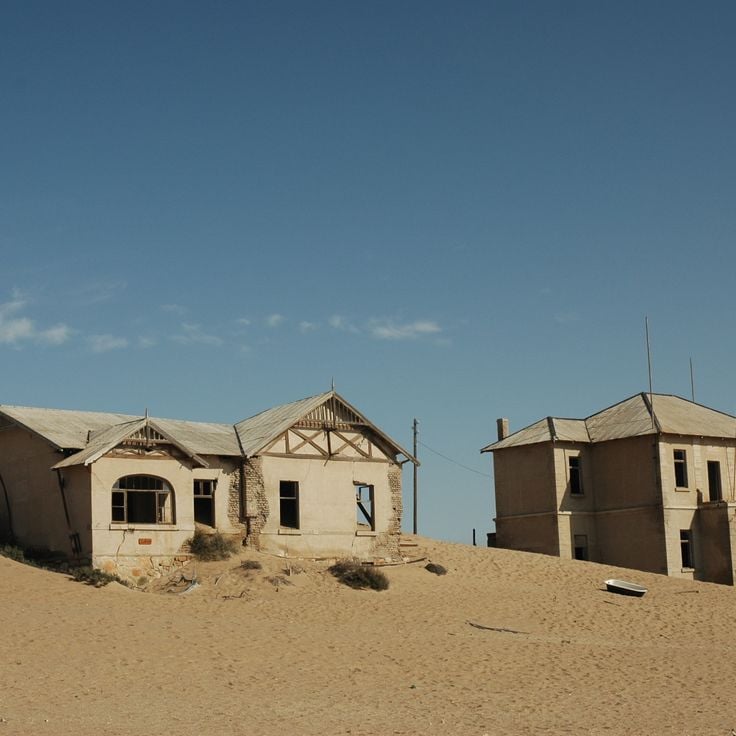
Karas Region, Namibia
Diamond mining area closed to the public for a century, turned into a national park to protect local desert flora.
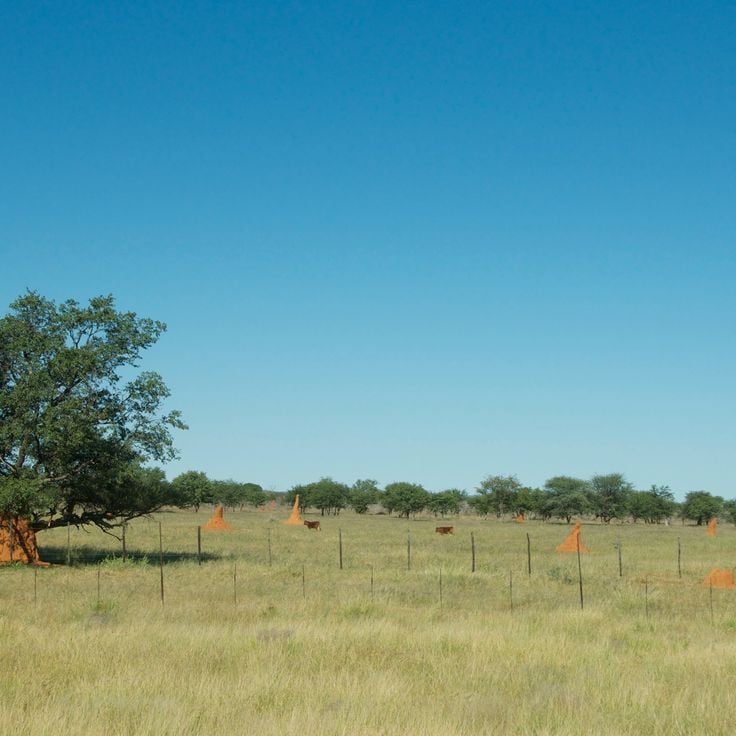
Kunene Region, Namibia
Semi-arid mountainous region inhabited by the Himba people, featuring rocky valleys and wildlife including elephants.
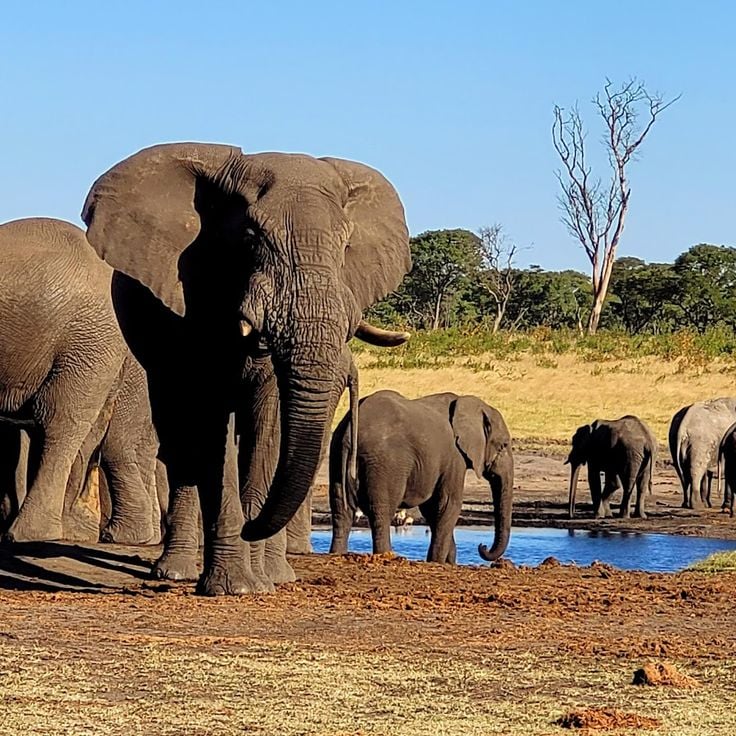
Kavango East Region, Namibia
A 3842 square kilometer protected area in northeastern Namibia. Elephants and predators move freely between Botswana.

Zambezi Region, Namibia
A 320 square kilometer nature reserve comprising two islands in the Kwando-Linyanti marshes. The park protects hippopotamuses and crocodiles.
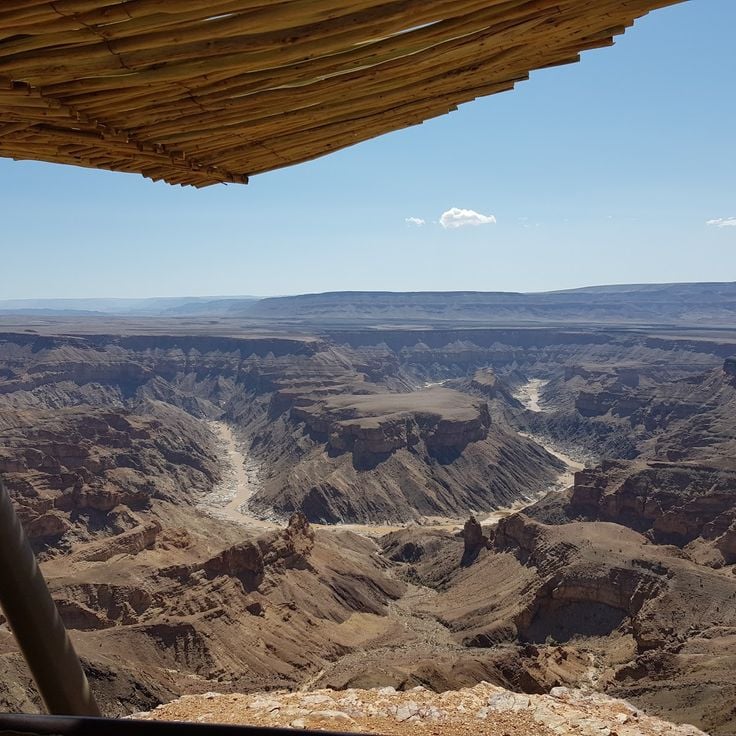
Karas Region, Namibia
Viewing site located on the northern rim of Fish River Canyon, providing access to hiking trails in the world's second-largest canyon.

Hardap Region, Namibia
A 200,000-hectare nature reserve located between the red dunes of the Namib Desert and the Naukluft Mountains.

Erongo Region, Namibia
Deep-water port with a lagoon hosting flamingos, pelicans, and other seabirds in a 12,000-hectare area.

Kavango West Region, Namibia
A 420-square-kilometer protected area near Grootfontein. The park has giraffes, kudus, and elands in an acacia savanna.
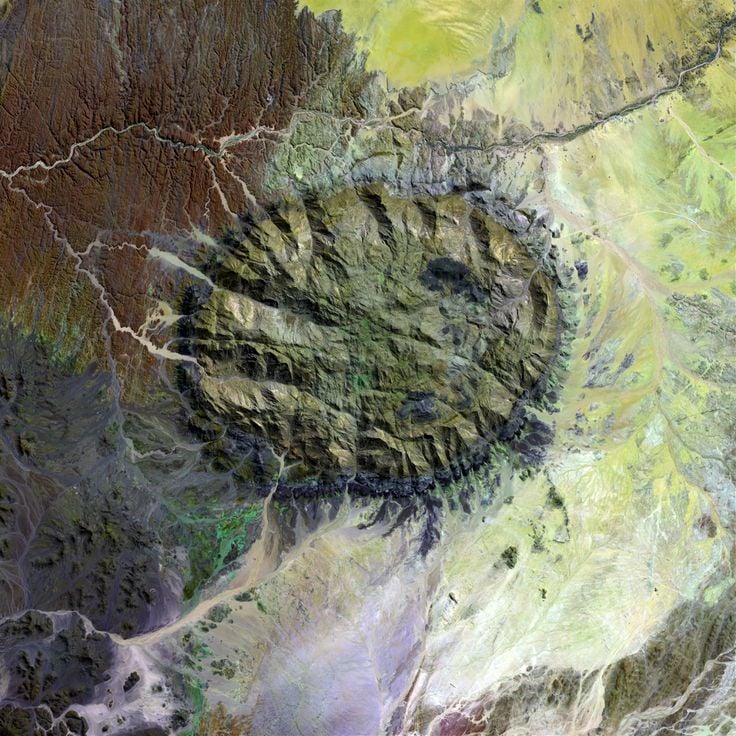
Kunene Region, Namibia
Granite massif peaking at 2573 meters, home to over 45000 stone age rock paintings.
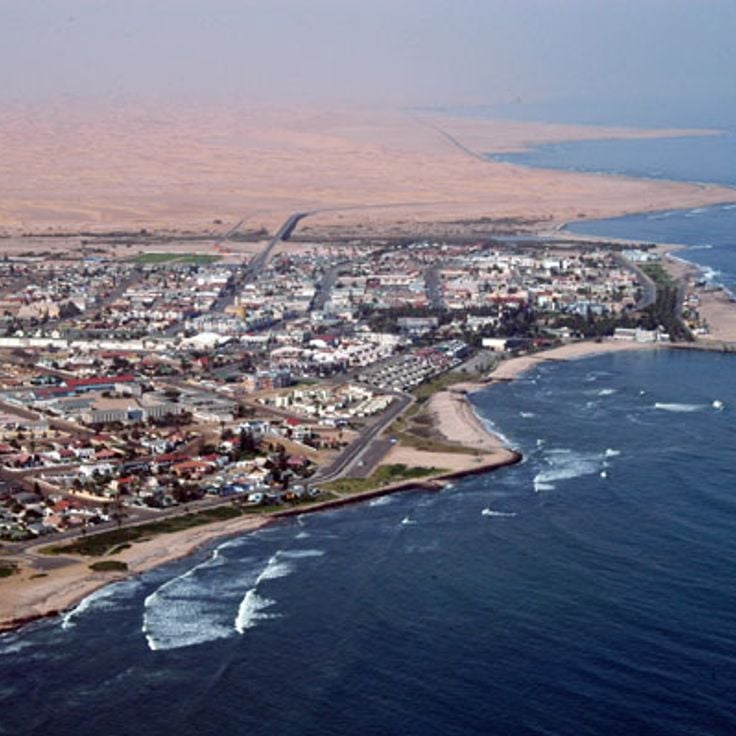
Erongo Region, Namibia
Urban center on the Atlantic coast distinguished by its early twentieth-century German colonial buildings.






























